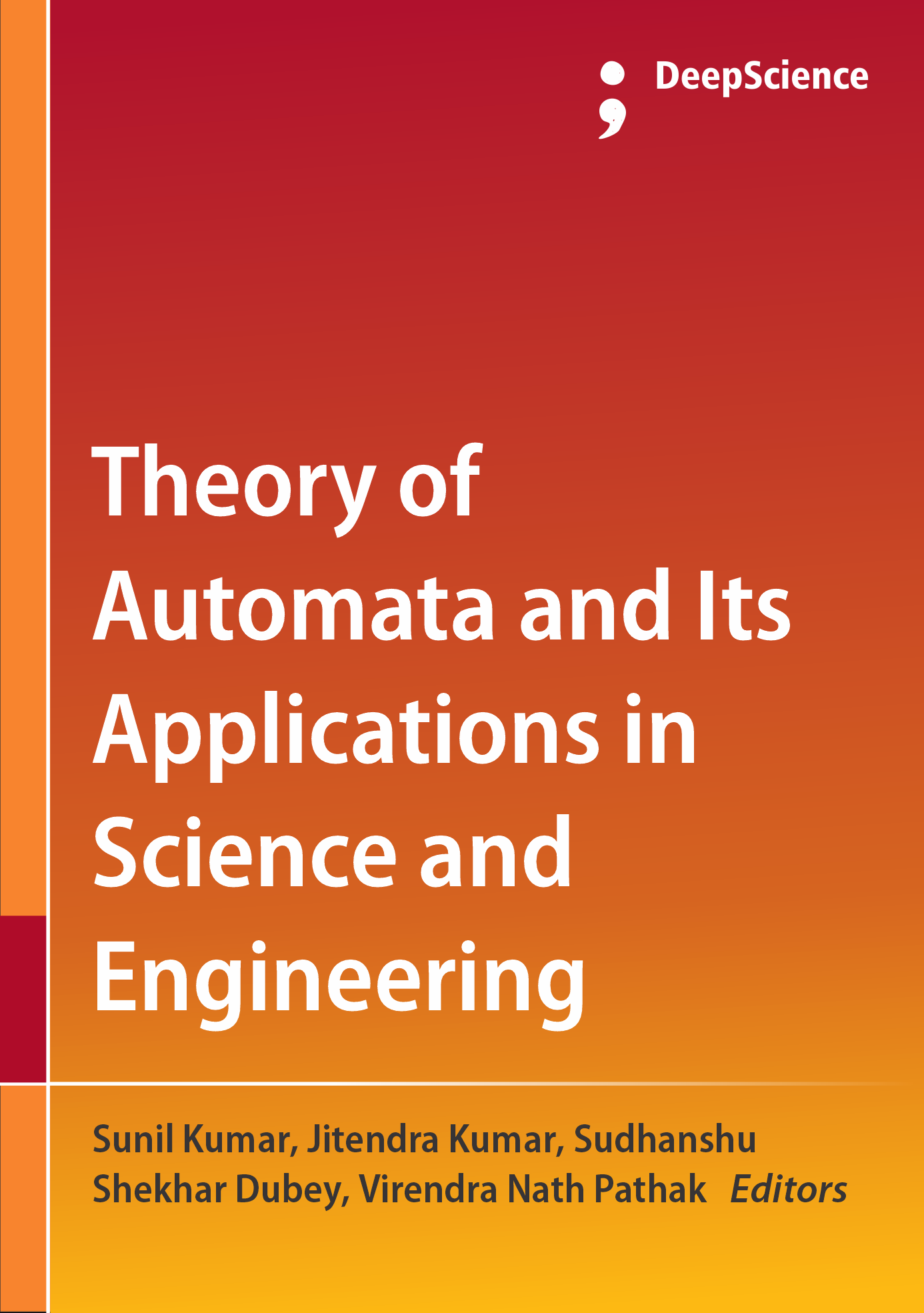Turing machine in DNA computation
Synopsis
This chapter examines how DNA computing can simulate Turing Machines (TMs) by employing DNA strands to represent states, symbols, and transitions. Turing Machines serve as a model for understanding the limits of computation. DNA computing, demonstrated by Adleman in 1994 through the Hamiltonian Path Problem, takes advantage of biochemical reactions such as hybridization and ligation to mimic TM operations.
Keywords: Adelman’s experiment, DNA, Hamiltonian Path problem, Molecular Algorithms, Turing
Downloads
Pages
68-82
Published
6 May 2025
Copyright (c) 2025 Sunil Kumar; Soumodip Kumar Paul, Tarun Kumar Gupta, Nandini Rao, Miss Daisy; Ashish Kumar; Kanika, Himpriya Kumari; Virendra Nath Pathak, Sudhanshu Shekhar Dubey, Jitendra Kumar; Babul Sarkar
How to Cite
Rao, N. ., & Gupta, T. K. . (2025). Turing machine in DNA computation. In S. . Kumar, J. Kumar, S. S. . Dubey, & V. N. . Pathak (Eds.), & A. . Kumar, Theory of Automata and Its Applications in Science and Engineering (pp. 68-82). Deep Science Publishing. https://doi.org/10.70593/978-93-49910-92-8_5
Download Citation














